Fly with your snub-nose pet safely
Table of Contents
What is considered a snub-nosed breed?
A snub-nosed breed is a technical term for a brachycephalic breed. According to the American Veterinary Medical Association, brachycephalic breeds are prone to respiratory problems under normal circumstances, not just during air travel. This is how this is explained by the vets:Although they have shortened noses, they still have to pack all of the same anatomical structures in there that dogs with longer snouts do. Just because their snouts are shorter, doesn't mean they're missing any parts – they still have to pack nasal passages, sinuses, and a hard palate – into that small area. It's sort of like moving from a house to an apartment and having to put the same amount of furniture in the apartment – it's all there, but it can be a bit cramped.
List of snub nose breeds.
Here is the list of the most famous breeds that are classified as brachycephalic:
Dogs:
- Affenpinscher
- Boston Terrier
- Boxer
- Brussels Griffon
- Bulldog (all breeds) – Incl. American, English, French, and Dutch
- Chihuahua (apple-headed)
- Chow Chow
- English Toy Spaniel
- Japanese Chin
- Lhasa Apso
- Pekingese
- Pug (all) – Incl. Chinese
- Shar-Pei
- Shih Tzu
- Teddy Bear Dog – Incl. Zuchon or Shichon
- Tibetan Spaniel
Cats:
- British Shorthair
- Burmese
- Exotic Shorthair
- Himalayan
- Persian
- Scottish Fold
We’re not saying you should completely avoid air travel with a short-nosed pet. What we are suggesting is that you should take proper precautions so that you can minimize the risks.
Things to know when flying a snub-nosed pet.
If you are planning to fly with a snub-nosed pet, there are several things you should be aware of to ensure your pet’s safety and comfort during the flight. So, here are recommendations from a pet transportation specialist on making it possible to fly a snub-nose pet.
Keep your pet healthy and at a normal weight.
Snub-nosed breeds, such as Bulldogs, Pugs, and Persian cats, are prone to respiratory problems and are considered high-risk when flying. Before booking your flight, you should consult with your veterinarian to ensure that your pet is healthy enough to travel. Some airlines may also require a veterinarian certificate stating that your pet is fit to fly.
One more thing to pay attention to is your pet’s weight. Overweight pets or pets with any underlying medical conditions may be more likely to have problems during transportation by air.
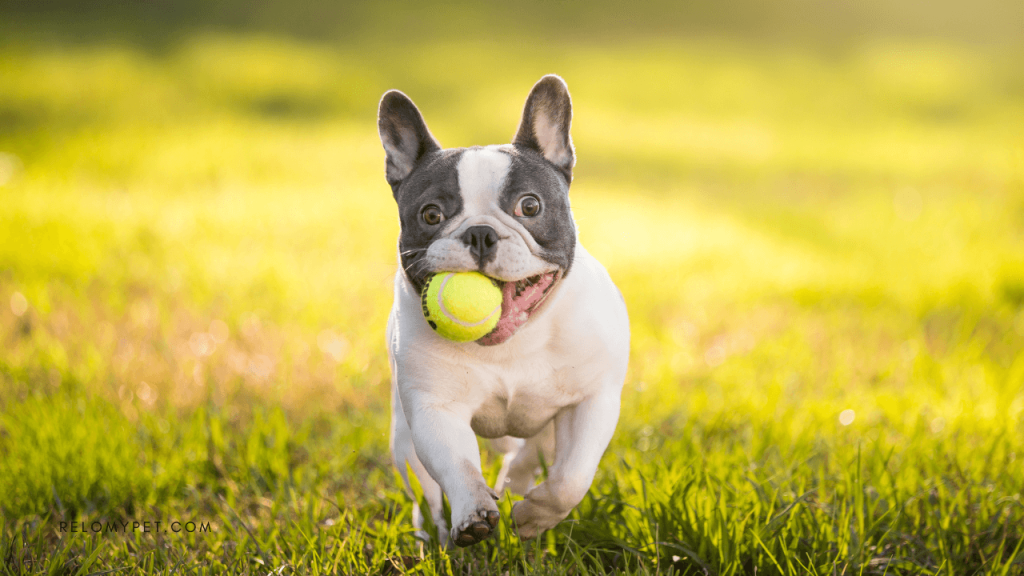
Provide your pet with a container one size larger than is needed.
During the flight, your pet will need to be placed in an airline-approved pet carrier. Make sure the carrier is the appropriate size for your pet and has adequate ventilation. We would suggest to have a travel carrier that is one size larger than the expected size – this is how you can ensure better airflow.
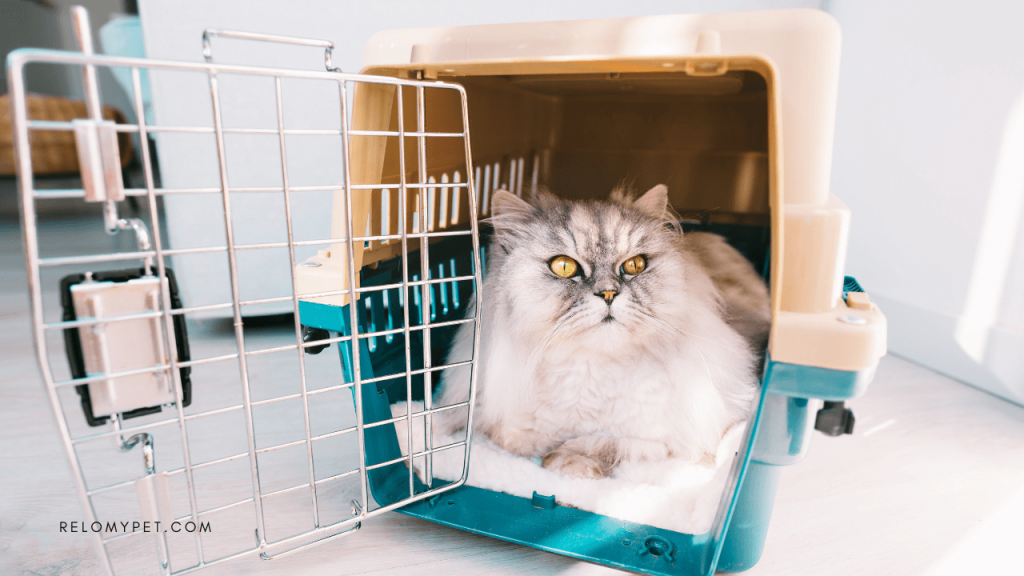
Choose the right kind of bedding.
Most pet parents think that placing a large cushion on the bottom of a travel carrier will make their pet’s trip more comfortable. It is not always the case, especially, when transporting your Frenchie or a pug. We advise using bedding made of breathable material; it will help your pet regulate its temperature.
Most clients of ours use cotton towels as bedding. Here are a few benefits of placing a cotton towel on the bottom of a travel carrier – it is a breathable, absorbent material that smells familiar. And since dogs rely on their sense of smell a lot, a towel that smells like home will pacify them and make the trip more comfortable.
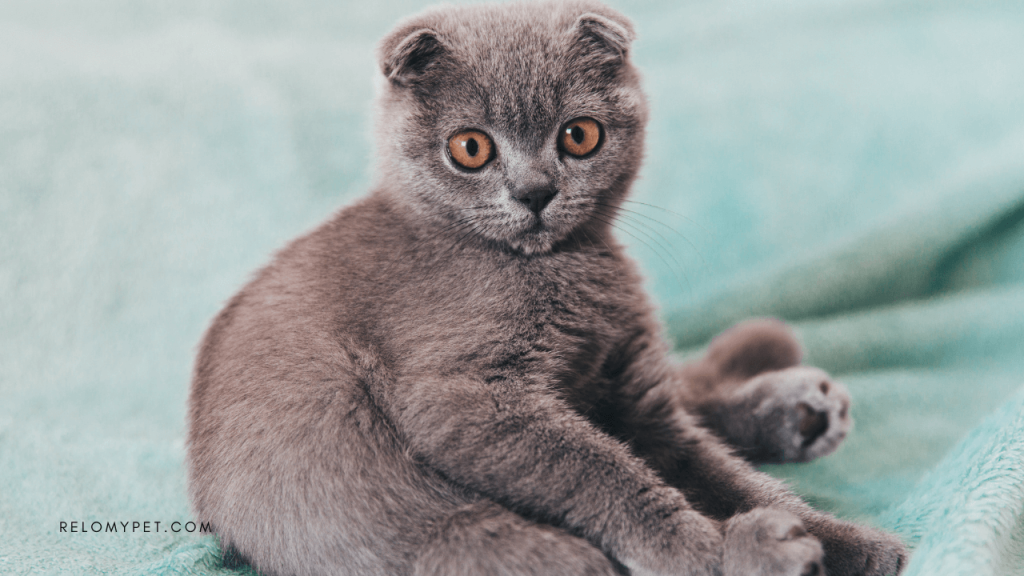
Try taking your pet to the cabin.
Most airlines allow pets weighing under 8 kg to travel under the airline seat. Contact your airline and ask if they can let you take a pet into the passenger area with you. However, keep in mind – some countries like the UK or Australia will not allow pets in the cabin.
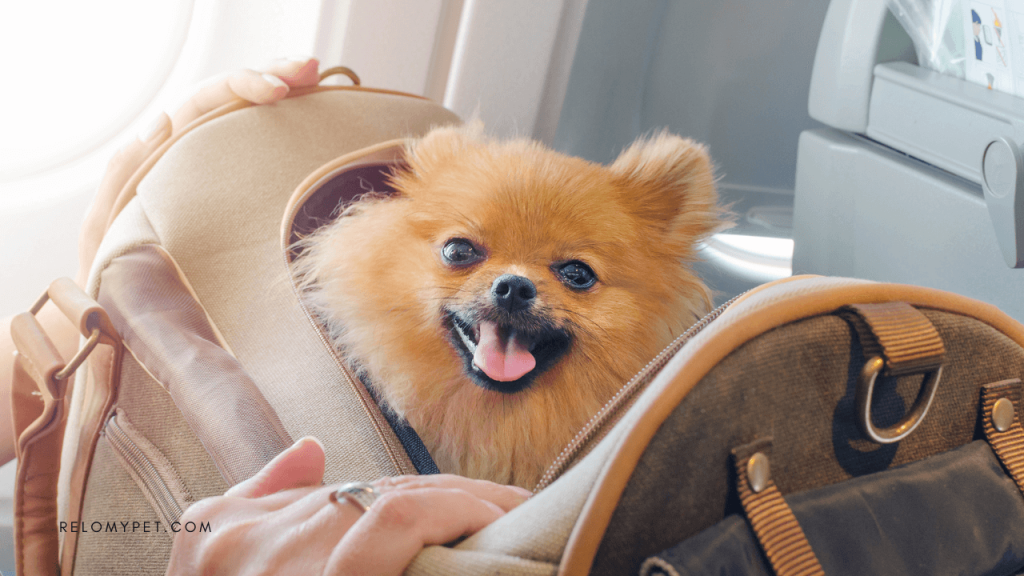
Minimize stress for your pet.
Opt for a direct flight.
When booking your flight, choose a direct flight whenever possible to minimize stress and time spent in transit for your pet.
2. Give time to rest.
Once you arrive at your destination, give your pet plenty of time to rest and recover from the flight before engaging in any strenuous activity.
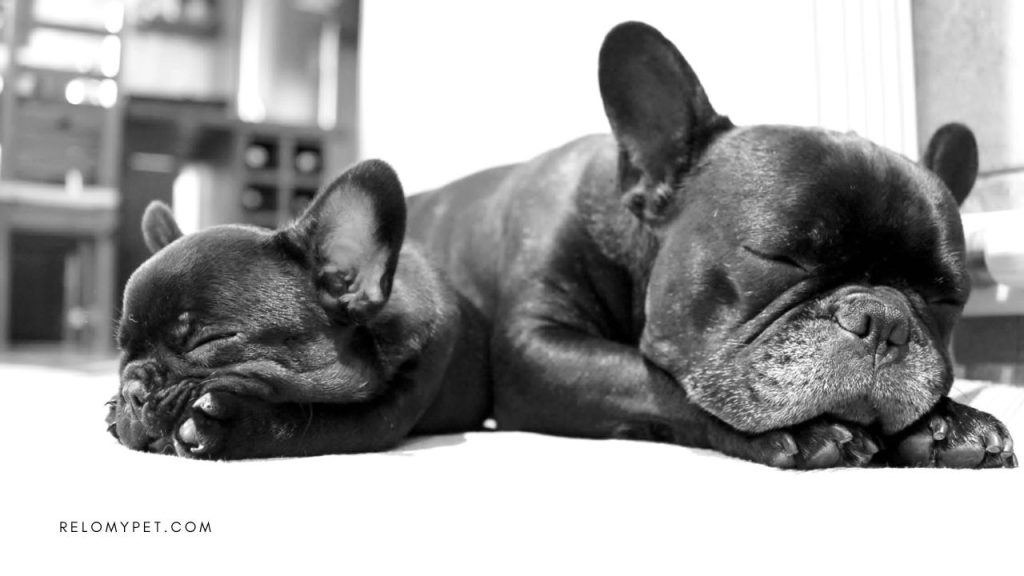
Overall, it is important to do your research and consult with your veterinarian and the airline before flying with a snub-nosed pet to ensure their safety and comfort during the journey.

